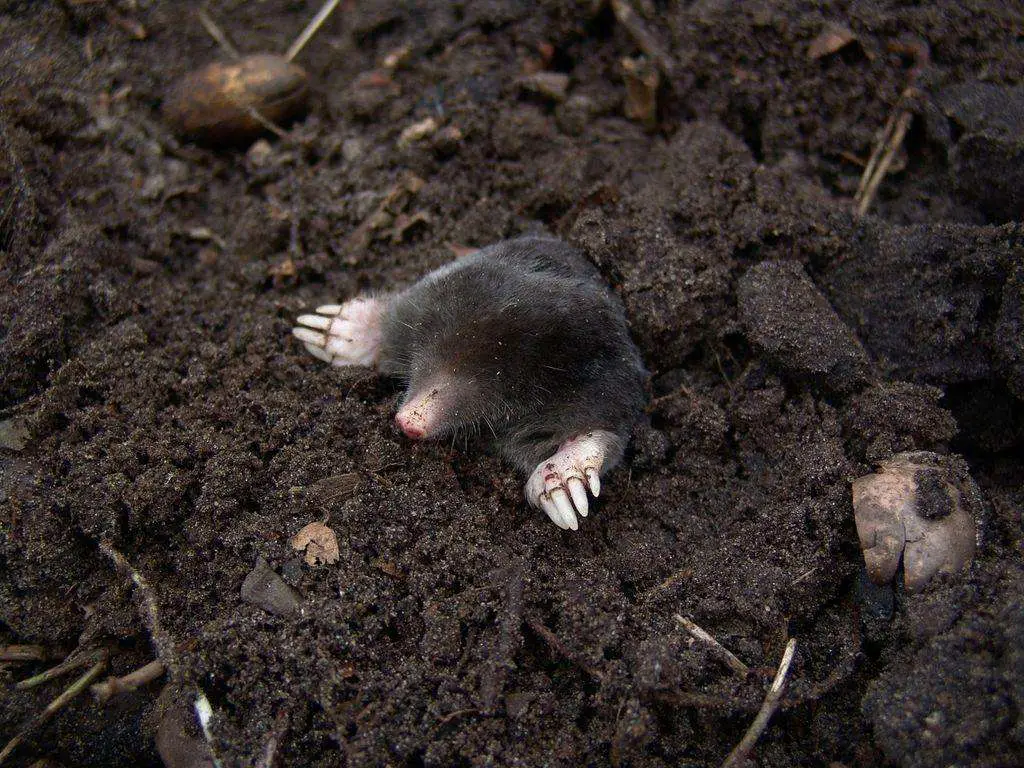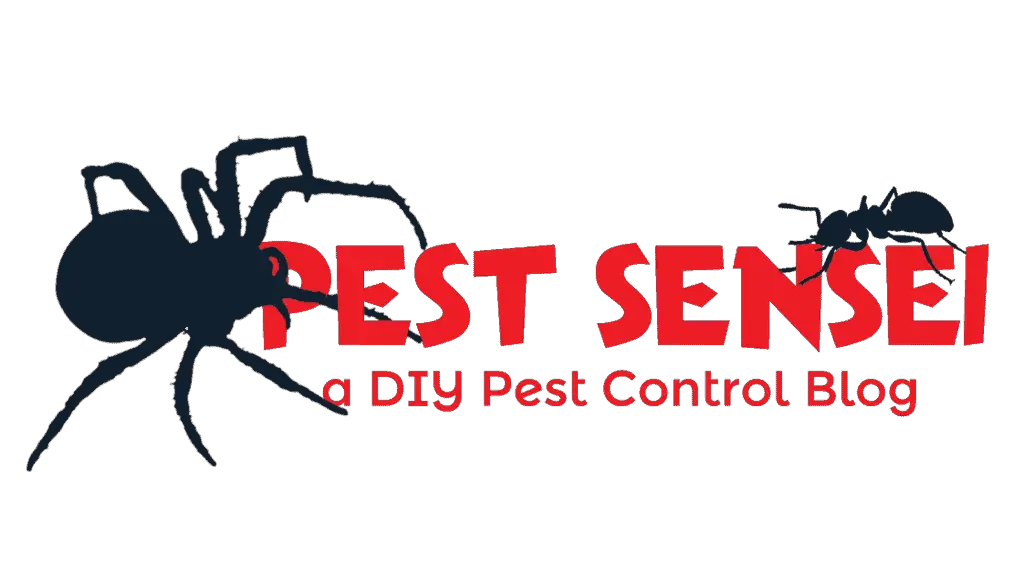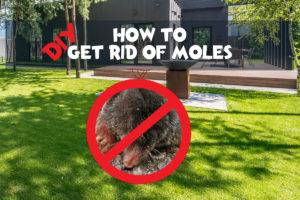Moles are underground dwellers that can tunnel in your yard or garden. While they don’t cause huge damage to homes, they can ruin your lawn and garden. In this guide, I’ll teach you how to get rid of moles in your yard and garden.
To get rid of moles, place baits or traps into the mole tunnels. Be patient because it takes time for the moles to get to the bait or trap. Gassing the moles is a faster option. If you prefer not to kill the moles, consider using repellents such as garlic and castor oils.
Continue reading to understand more about moles and how to get rid of them.
All You Need to Know about Moles as Pests

Moles are fluffy creatures which spend most of their time hiding in the soil. They have a pair of strong front paws adapted for digging.
While moles can be mistaken as rats or mice, you can easily identify moles by looking at their large front paws, long and pointy snout, short tails, and the apparent lack of eyes and ears. While moles have eyes and ears, they are tiny and hidden under the furs.
Moles eat earthworms, slugs, and other insects. They don’t eat plant roots, vegetables or fruits. To a certain extent, moles are beneficial because they help aerate the soil and kill insects that can damage the plants (besides earthworms).
Moles can ruin your lawn and garden as they create underground tunnels. Because some tunnels are shallow, landscapes can collapse after a heavy rain. Moreover, rodents can reuse those tunnels. On top of that, moles can create unsightly burrows.
What Attracts Moles?
Moles are attracted by ground-dwelling invertebrates, such as earthworms, slugs, grubs, centipedes and millipedes. They serve as food for the moles.
Signs of Mole Infestation
Before you take any action to treat the mole infestation, it is important to ascertain it is indeed a mole infestation. This will prevent you from wasting time doing the wrong thing for the wrong pests.
Molehill

Molehill is the most obvious sign of mole activity. It is created when the mole excavate the soils when tunneling. A molehill is basically raised soil or dirt surrounding the burrow.
Squishy Lawn
Moles can dig shallow tunnels, resulting in a squishy feel when you step on the soil above the tunnels.
Rows of Discolored Grass
Sometimes, moles can damage the roots of grass as they dig their tunnels. This will slowly kill the grass. The discolored or dead grass typically form random rows.
Lifted or Collapsed Plants
As the moles build shallow tunnels, they may lift the root of small plants, causing the plants to collapse.
Raised Ridges
When moles dig tunnels in soft soil, ridges are formed.
How to Identify Active Mole Tunnels?
To check whether a mole tunnel is active, poke a few holes along the tunnel using a stick. If the holes are repaired within 2-3 days, the tunnel is active. However, a mole tunnel active today may not remain active tomorrow.
Moles build 2 types of tunnels: both deep and shallow tunnels.
Deep tunnels are often the main tunnels leading to their nest. For this reason, main tunnels are usually active. Molehills lead to main tunnels.
Meanwhile, the shallow tunnels or sub-tunnels are built for hunting. Moles may not reuse the sub-tunnels, or may use them at random intervals.
How to Trap Moles?
Placement of traps is important since moles hide underground most of the time. Moreover, they don’t always use the same tunnels.
To trap moles, find out where the molehills are. Molehills typically lead to the main tunnels that the moles use daily. Whenever possible, place the traps in the molehills. If you can’t find any molehills, place traps in shallow tunnels, which have a lower catch rate.
Patience is required when you use traps, because moles may not go to the location where you have set up the traps. You can increase the success rate by putting more traps in active tunnels.
Snap Trap
I recommend using the Talpirid Mole Trap to catch mole. You can easily set Talpirid Mole Trap up by inserting into a molehill. Then, step on the trap to arm the kill bar. Due to its low profile design, it is unlikely to cause trip and fall.
There is an indicator on the trap that shows you whether there is a catch, without taking the trap out from the molehill.
Live Trap
If you prefer to use live traps, consider getting Relaxdays Mole Trap. Place this in an active mole tunnel. It has two 1-way doors that trap the mole once it gets inside.
Make sure you check the trap daily, or the mole may suffer or starve to death inside the trap. Release to moles somewhere with soft soil and vegetation.
If you prefer to use live traps because you don’t want to harm the moles, think again. Moles are territorial creatures. If you release them near your house, it is as good as not trapping them in the first place. But if you release them somewhere far, they will need to fight with foreign moles. Chances are, they will lose.
Moreover, the released mole needs to start a new tunnel system from scratch. It will probably die, struggling to create a comfortable nest, and finding enough food in a new environment.
Killing the captured moles is probably more humane than releasing them. You can do that by inflicting a fast and clean blow onto their head. It seems brutal, but it is more humane than starving them to death.
Mole Baiting
Baiting is probably the easiest way to kill moles. Simply poke a hole into an active mole tunnel and drop the bait inside. Then, cover the hole. The more locations you place the baits, the higher the chance of moles encountering the baits.
I recommend using Talpirid mole bait. It resembles earthworm, the primary food source for moles. A mole will be killed in 24 hours after ingesting 1 Talpirid bait.
Note that Talpirid mole bait is highly toxic if consumed. Keep it away from children.
Gassing
If you need a faster solution, consider gassing the moles. It kills all moles that are in the tunnels when the treatment is conducted.
First, locate the main tunnels. Place a smoke bomb, such as the Giant Destroyer Smoke Bomb, into the main tunnel and ignite it. The gas released will travel along the tunnels and kill the moles.
Make sure you wear a respirator and suitable goggles, because the gas can irritate eyes and be toxic if inhaled.
How to Repel Moles?
There are a few natural ingredients, such as castor and garlic oils, that can repel moles. Apply the repellents into active tunnels and around the tunnels to chase the moles away.
Granular repellents, such as Mole Scram, generally work better than liquid because they release the repellent slowly, allowing a longer-lasting repellency.
There are 2 main issues with repellent. First, reapplication is required. Second, moles may not utilize the treated tunnels even if you don’t apply the repellent. It is difficult to say whether the repellent works, or the moles have stopped using the tunnels in the first place.
How to Prevent Moles in Yard and Garden in the First Place?
Unfortunately, there is no practical way to prevent moles in your yard and garden besides laying your yard and garden with concrete or tiles.
Moles burrow in soil and feed on insects and earthworms. It is not sustainable to apply chemicals to kill all earthworms and insects in the soil. The same applies to repellent – it is not practical to apply repellent in the whole yard every few weeks.
Final Words
I hope you find this guide useful in solving your mole issue. If the infestation is too difficult to manage, get help from a pest control service provider. You can get a non-obligatory quote from your local service providers on Networx.



